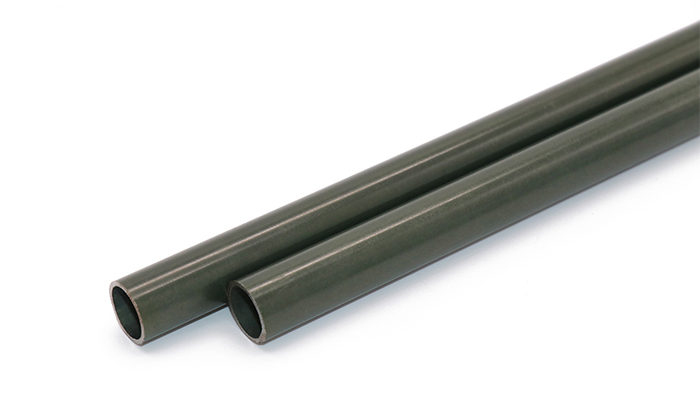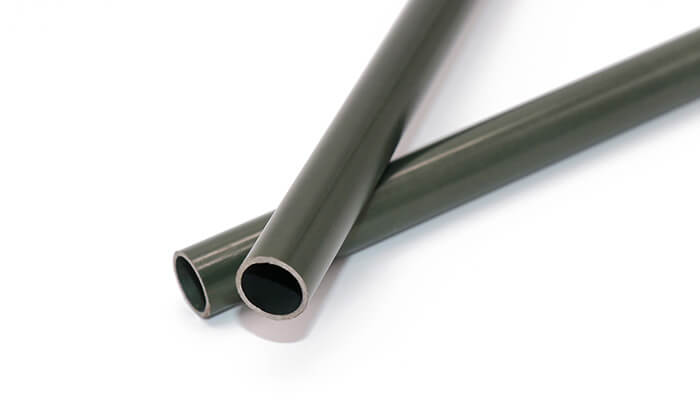1. What is the passivated pipe?
A passivated pipe is steel tubing that has been heated and coated with a chromium compound which forms an incredibly hard outer coating.
2. How long does a passivated pipe last?
A passivated pipe will generally last for about a decade or about 100 years without cleaning.
3. What are the advantages and disadvantages of a passivated pipe?
A common advantage of passivated pipe is that it will have a higher resistance to corrosion and oxygen damage.
4. Should I replace my passivated pipe?
- If you’re not sure whether passivated pipe needs replacing, here are some signs that may indicate that it needs attention:
- The colour of the pipe has changed from its original colour; this could indicate that oxidation has taken place
- You notice white powder around the joints or fittings; this could be lime scale build-up caused by hard water
- There are holes in the pipe walls; this could mean that there are leaks occurring inside the pipe walls
- You notice bubbles coming out of any joint or fitting; this could indicate a gas leak.
Passivated Tube is a product that is used in the chemical, pharmaceutical, and food industries. The passivated tube is made of stainless steel and has a smooth surface on the inside as well as outside.
The passivating process involves applying an oxide layer of chromium oxide to the surface of the material. This oxide layer is formed by oxidation of the surface. It comprises a thin layer of chromium oxide (Cr2O3) which protects the metal from corrosion and rusting. It also provides a protective coating for the material making it more durable and sturdy.
Passivated Tubes are available in different types such as Black Oxide Passivated Tube, Smooth Black Phosphate Passivated Tube, Yellow Passivated Tube, and White Passivated Tube, etc., which are available at reasonable rates in different sizes and specifications according to your requirement.
Passivated Tube is a type of stainless steel tube that has been exposed to a passivation process. This process gives the material a surface finish that is similar to glass, and it also provides protection against corrosion.
Passivation is a chemical treatment that removes any remaining oxygen from the surface of a metal. This makes the material more resistant to corrosion, and it also improves its appearance. If you have ever seen a piece of stainless steel that has been polished with an abrasive material such as sandpaper, you know that it can look like glass when it is polished properly.
The passivation process typically involves exposing the material to an oxidizing chemical bath or heat treatment at high temperatures. The result is an oxide layer on the surface of the metal that protects it against corrosion and wear.
Passivated tubes are typically made of stainless steel, iron, or copper. These tubes are used for applications such as chemical processing, water treatment, oil refining, and pharmaceutical industries. Passivation is the process of coating a non-corrosive metal with a thin film of oxide to reduce its tendency to corrode in the presence of moisture or oxygen.
A passivated tube is an inner liner that protects against corrosion. It can be made from stainless steel, iron, or copper. The process involves applying an oxide layer to the inner wall of a tube to prevent it from corroding under corrosive conditions. The oxide layer acts as a protective barrier between the inner wall of the tube and its environment. Passivated tubes are used in chemical processing, water treatment, and oil refining industries.


